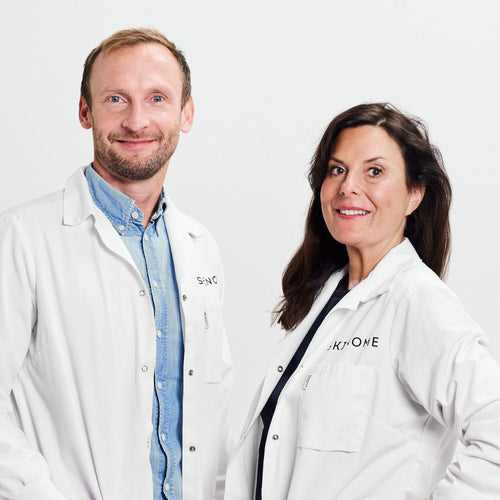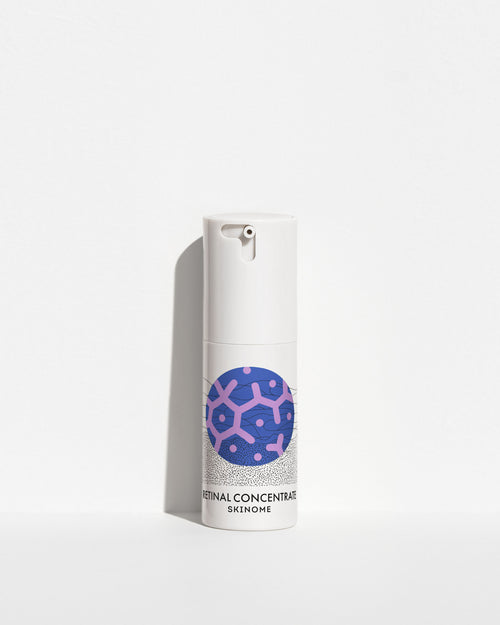Hudens förändringar i tre steg under klimakteriet
Torrare hud
Sebumproduktionen (talgproduktionen) kan öka ända upp till femtioårsåldern men minskar därefter.
Sebumproduktionen är viktig och hjälper till att bevara hudens fuktighet. När sebumproduktionen minskar, minskar även vattenhalten i huden och huden blir torrare.
Tunnare hud och förstorade porer
Tunnare hud är en annan åldersrelaterad förändring som kan leda till rynkor och förstorade porer. Tunnare hud beror på att cellförnyelsen minskar vilket gör att epidermis blir tunnare med cirka 6,4 procent per årtionde.
Tunnare hud gör oss solkänsligare, eftersom det är lättare för solen att tränga igenom huden. Huden bildar mindre kollagen, elastin och hyaluronsyra vilket bidrar till minskad fasthet i huden. Detta kan man testa på sig själv genom att nypa sig i huden och notera hur lång tid det tar för huden att hitta sitt ursprungliga läge. Ju längre tid det tar, desto mindre spänst i huden. Den tunnare huden gör även att blodkärlen blir synligare och kan se ut som en spindelväv av kärl. Den minskade elasticiteten i hudenkan också leda till förstorade porer.
Ojämn pigmentering
En annan åldersrelaterad förändring som påverkar huden är en ojämn pigmentering. Detta beror på en minskning av pigmentproducerande melanocyter med 10 till 20 procent för varje årtionde efter trettioårsåldern. Överaktiva melanocyter kan också orsaka så kallade åldersfläckar, som är bruna fläckar på huden.
Sammanfattningsvis kan åldrande leda till torrare, tunnare och mer ojämn pigmenterad hud. Det är viktigt att skydda huden från solen då den blir känsligare och att använda återfuktande produkter om du vill minska åldersrelaterade förändringar i huden.













